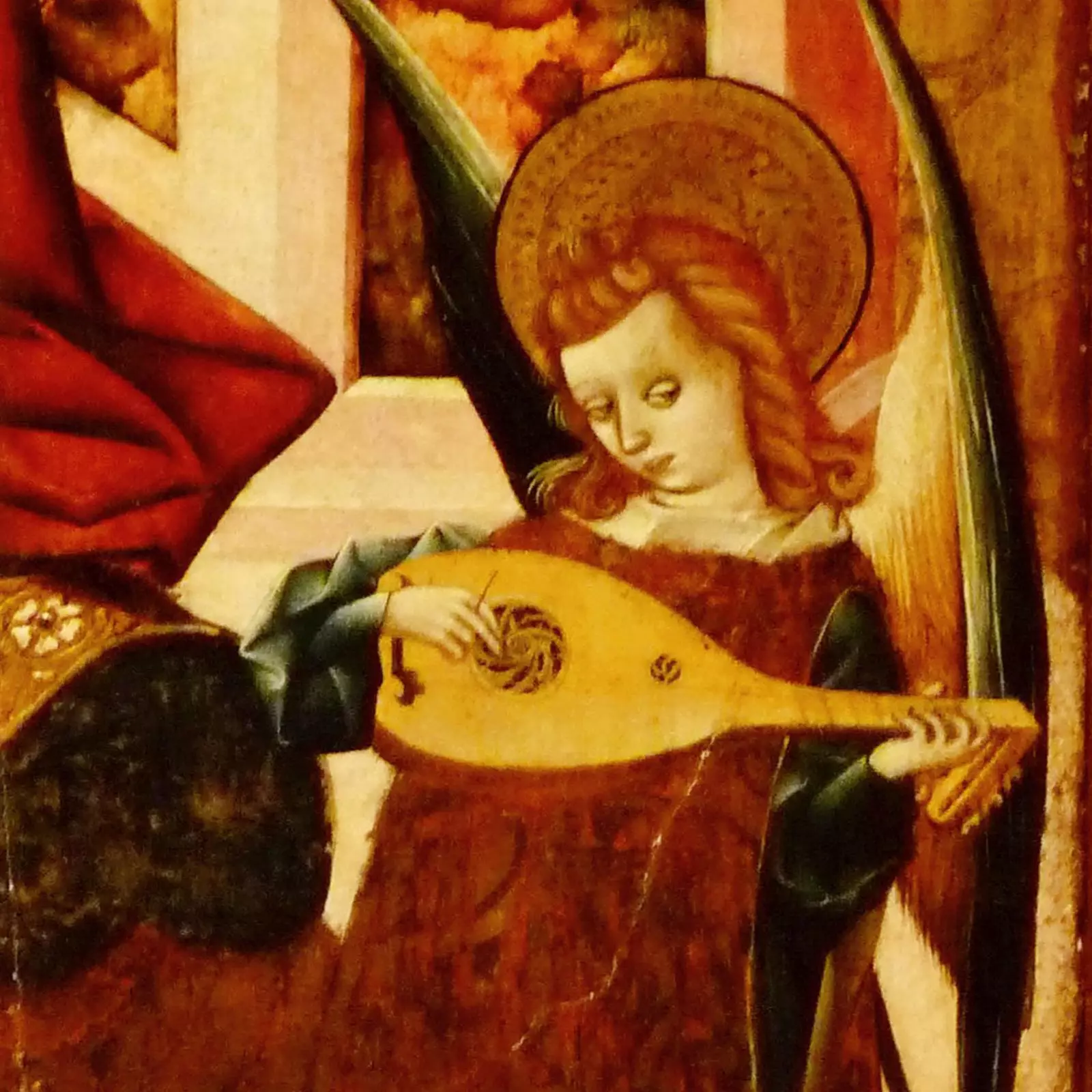
Violeros de Zaragoza: the trade that has to resist
A violist is a maker of stringed musical instruments. . Today it is more common to talk about luthiers but it is necessary to know that this voice, the viol player, existed at least a century before the other mentioned.
Surprising data: Zaragoza was home to the largest nucleus of viol players in Europe at the end of the Middle Ages and the beginning of the Renaissance . The city, when it had barely 18,000 inhabitants, had a census of at least 34 violeros workshops, most of them in the neighborhood of La Magdalena.
The immaterial historical legacy of the spanish violería and especially Zaragoza in the fifteenth and sixteenth centuries and its influence both in the lutheria European as well as in Renaissance and Baroque music. Nevertheless, this cultural heritage has been lost over the centuries.
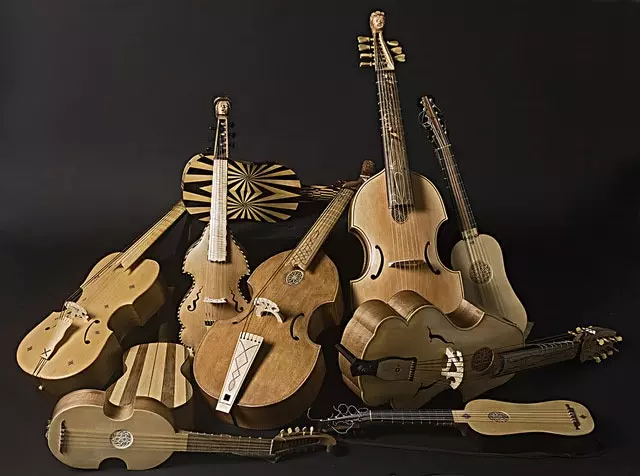
still life of stringed instruments
In Spain there is no no official qualifications related to the construction of stringed instruments . Not even Spanish guitar. Something that does happen in other countries of the world: they are regulated teachings in France, Colombia, Mexico or Belgium.
Clearly you are missing out on a great opportunity. renouncing the historical importance that Spain had in the manufacture of stringed instruments throughout Europe.
Initiatives like this Violeros School , have been launched with the help of foundations, European cultural programs and some institutional support. However, the sector asks that these teachings are elevated to the category of officers as a guarantee for the future for this discipline in which music, history and crafts converge.
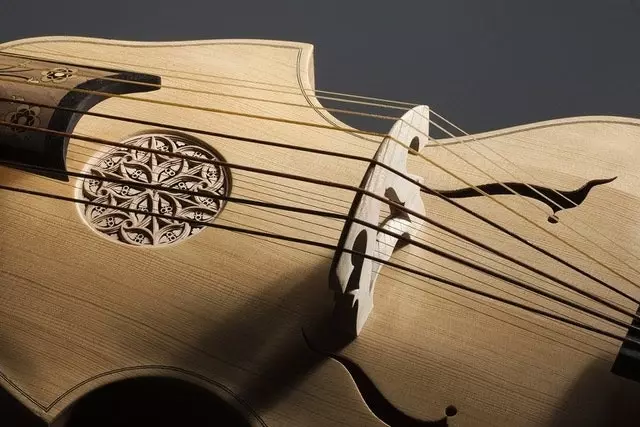
Lutes, Iberian harps, violas da gamba, baroque and Spanish guitars...
STUDENTS AND INSTRUMENTS
Lutes, Iberian harps, violas da gamba, baroque and Spanish guitars, hand or bow vihuelas These are some of the instruments that students from all over the world build in this Zaragoza school.
The first question that arises when we learn of the existence of a school for the manufacture of ancient instruments: What profile do their students have? Are they musicians or cabinetmakers? and the answer of Javier Martínez director of the School of Violeros is clarifying:
“The Art of Violería, or luthería, as it is usually known, it has its own specific characteristics. The violeros are neither musicians nor cabinetmakers, but at the same time, they could be both. To become a good violist you have to have a special sensitivity , which develops during learning, within which it is important to have a good musical base”
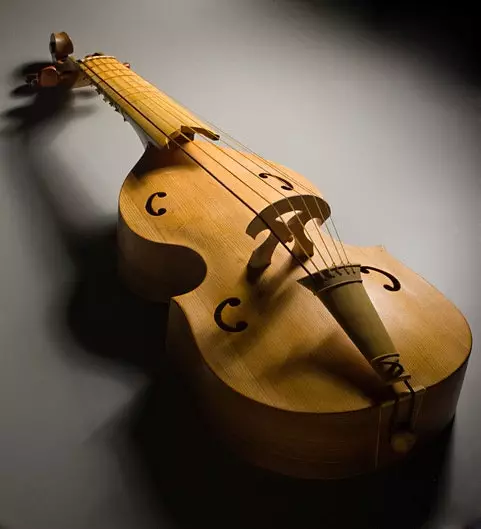
Vihuela de Arco (piece of the Prado Museum)
WOODS AND ROPES
In the manufacture of instruments the form is important, but also the materials. European woods are used in this school: spruce, maple, walnut or boxwood . Also many Asian, African and American woods from certified farms with CITES international authorization. The strings of the ancient instruments are made of lamb gut . It requires a certain intuition and sensitivity to know the touch of wood and its intimate connection with sound.
Javier Martínez reminds us that these instruments are “ highly valuable and delicate cultural artifacts ” and therefore they have to be kept in cases that guarantee an optimal degree of temperature and humidity level.
RESCUE SOUNDS OF THE PAST
In an exercise in musical archeology , one of the projects that were carried out from this School of Violeros was to manufacture disappeared instruments from their representation in medieval painting, the only proof that remained of their existence.
For this, the morphologies were studied, the ornamentations were faithfully reproduced and historical materials were used according to the detail of the instrument that could be seen in an oil painting. This project was carried out in conjunction with the Museum of Fine Arts in Valencia, the Museo Lázaro Galdiano in Madrid and the Museo de Zaragoza, among other important Spanish museums..
Hearing these instruments represented in paintings is how to discover the soundtrack of that painting . At the same time that notes are rescued by playing it from the great drawer of the forgotten sounds of history.
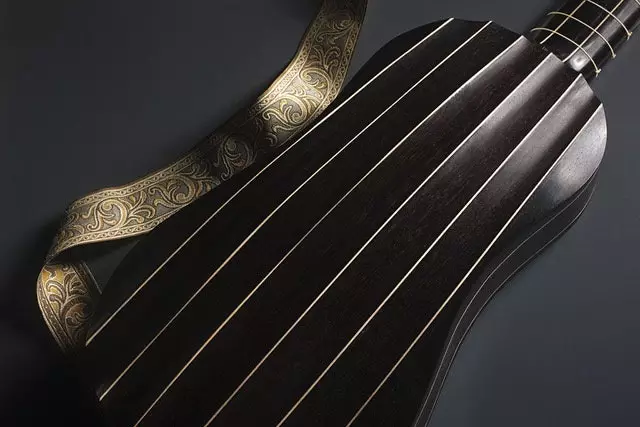
An exercise in musical archeology
BROAD CULTURAL AND SOCIAL PROJECT
The Violería School, beyond being an academy, is a broad cultural project, which has received numerous awards. Through his initiative, it has been possible to declare Intangible Asset of Cultural Interest (BIC) to the Aragonese Violería.
In addition, it collaborates with the King Ardid Foundation (Zaragoza), training people with disabilities in the construction of chordophones, adding to the project a component of cultural and labor integration.
